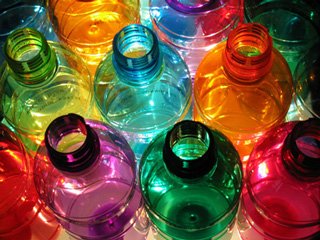Materials Science VI: Determining the composition of an unknown plastic
Hi Steemit, today I want to talk to you about how we can determine the chemical composition of an unknown plastic. How we know, most of the plastics that are made today are derived from petroleum, particularly the gas that is generated in oil wells. This natural gas is chemically transformed into petrochemical complexes generating derivatives with higher added value, such as ethylene, vinyl monochloride, propylene, all of them raw materials for the synthesis of polyethylene (PE), polystyrene (PS) and polypropylene (PP) ), with which you can make various everyday products, such as packaging, bottles, glasses, plates, cutlery, among others.
Infrared spectroscopy by Fourier transform
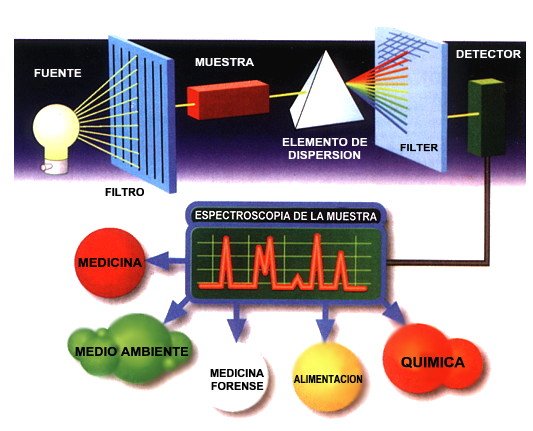
Preparation and characterization of the sample
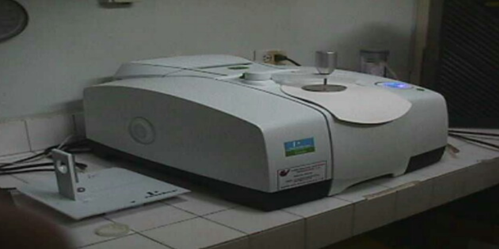
Results of the characterization of the plastic cup
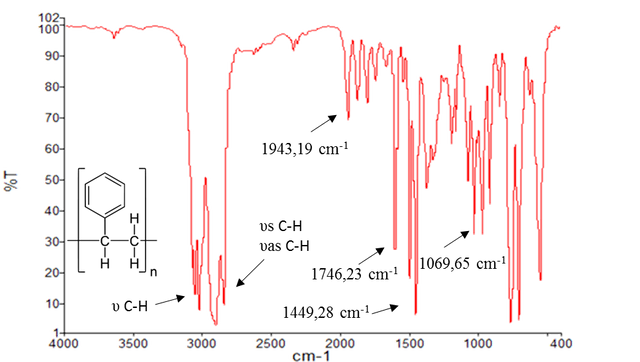
These absorption bands allow us to identify the compound since when comparing the results obtained with the main theoretical infrared spectra of the polymers used for this type of products (Polyethylene, Polystyrene, Polypropylene, among others), it is confirmed that the vessel material is made of Polystyrene (Figure 6) (León and Salazar, 2008), a thermoplastic with many desirable properties, used in the production of disposable cups. This polymer is transparent, easily colorable and easy to produce.
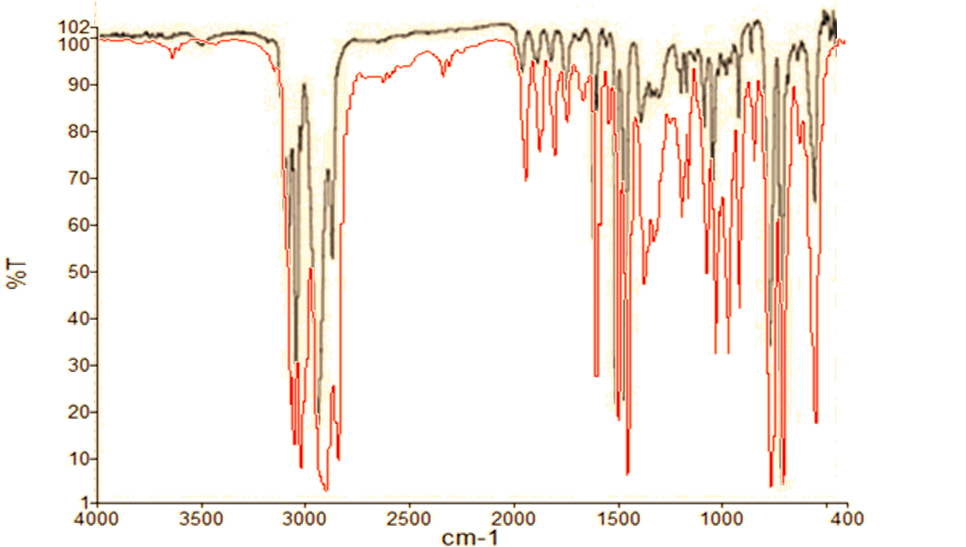
Conclusion
References
Leon, A. y Salazar, R. 2008. Síntesis y caracterización del copolimero asfalteno - poliestireno por espectroscopia infraroja. Cienc. Tecnol.Futuro, (4)3.
Silverstein, R., Webster F. y Kiemle, D. 2005. Spectrometric Identification of organic compounds. Septima Edición. New York.
